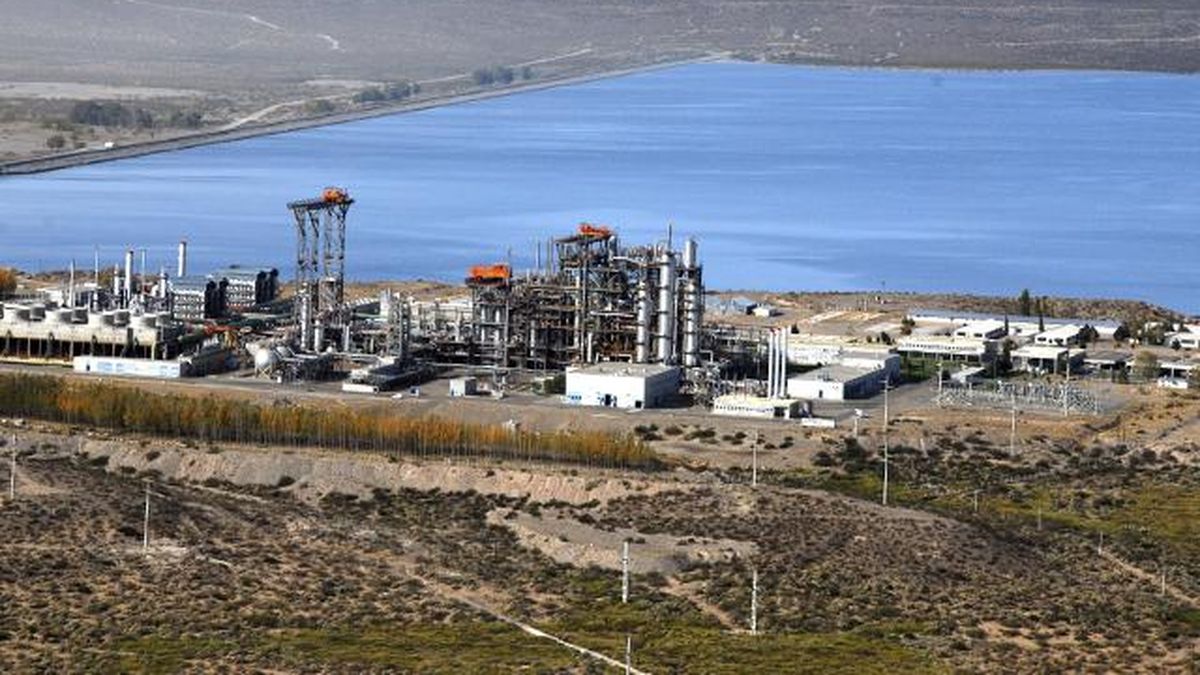The Heavy Water Industrial Plant (PIAP) It plans to resume the local production of a key input for the operation of nuclear power plants in an estimated period of around 25 months, substituting imports and transforming the country into an exporter with high added value. to export.
The industrial plant rises in the midst of the aridity of the province of Neuquen, about 55 kilometers from the provincial capital, as an immense network of pipes that has the potential to produce 250 tons of heavy water for atomic power plants, a development of knowledge that allows controlling the nuclear fuel cycle.
The official estimate is that with the current plants it will be necessary to replenish some 20 tons of heavy water per year at the Embalse Power Station for the next 25 years, for another 20 years at Atucha I, which will face its life extension next year, and for about 50 years in Atucha II, the youngest of the three.
A fourth plant based on natural uranium and heavy water technology may be added to these plants, which is seeking to advance its financing with the Chinese government, although Atucha III is in a more advanced stage of negotiation, which will use uranium enriched with light water. .
Export and import substitution
in dialogue with Telam, the president of the National Atomic Energy Commission (CNEA), Adriana Serquis, explained that PIAP “is the largest heavy water plant in the world and as such It is a strategic asset of the country because it guarantees having the complete cycle of the nuclear fuel and the possibility of having a new plant of this type that will depend on this input”.
The official explained that PIAP has two lines of work that in 2017, under the presidency of Mauricio Macri, “discontinued their production and went into conservation and maintenance mode, dropping from 400 to less than 100 people employed at the plant.”
“At that time, an estimate had been made indicating that there was sufficient stock for the demand of the three nuclear power plants, but when we began the management in 2021, it was noted that 480 tons were necessary until the end of useful life without taking into account the extension of Atucha I,” he said.
Serquis pointed out to Télam that The idea of the recovery plan is “to put one of the two lines into operation to produce between 80 and 100 tons per year, the minimum below which the project ceases to be commercially viable due to its fixed costs, which will make it possible to provide the current needs of the plants and export the rest”.
“In 25 months we could once again have heavy water from the PIAP, but already in the last year and a half we have received many contacts from foreign companies that ask about the possibility of having part of the production with letters of intent not only for nuclear energy, but for use in medicine or the semiconductor industry”Serquis explained.
what is heavy water
The heavy water produced by the PIAP is a nuclear reaction moderating agent in reactors that use natural uranium as fuel: The neutrons generated in nuclear fission have high speed, so the mission of heavy water is to slow it down, in the core of the reactor.
This moderator is a capital good since it is charged at the beginning of the start-up and lasts throughout the operating life, except for the small losses that occur during normal operation, estimated between one and two percent per year.
Unlike ordinary water, which has two hydrogen atoms and one oxygen atom, heavy water is made up of two deuterium atoms and one oxygen atom and physically a liter weighs 1.105 grams, boils at 101.4 degrees and freezes at 4 degrees Celsius.
The Heavy Water Industrial Plant
Located on the left bank of the Limay River, The PIAP was projected by the National Atomic Energy Commission in 1975 and inaugurated in 1993, after the international bidding process that awarded the construction to the firm Sulzer Brothers, with contractors such as Techint, Sideco Dycasa or Siemens.
This imposing chemical plant is made up of 20,000 tons of machinery, equipment and pipes: 7,000 tons of metal structures, 75,000 cubic meters of concrete, 650 kilometers of cables and 20,000 covered square meters.
It also has 300 pumps of different types, 250 heat exchangers, 240 containers, 90 compressors, 13 reactors and more than 500 electric motors for an installed power of 90 Mw.
This technical development makes it possible to face the challenge of producing heavy water, for which it is necessary to process enormous volumes of ordinary water to concentrate the deuterium: one liter of heavy water implies the processing of 20,000 liters of ordinary water.
Source: Ambito




